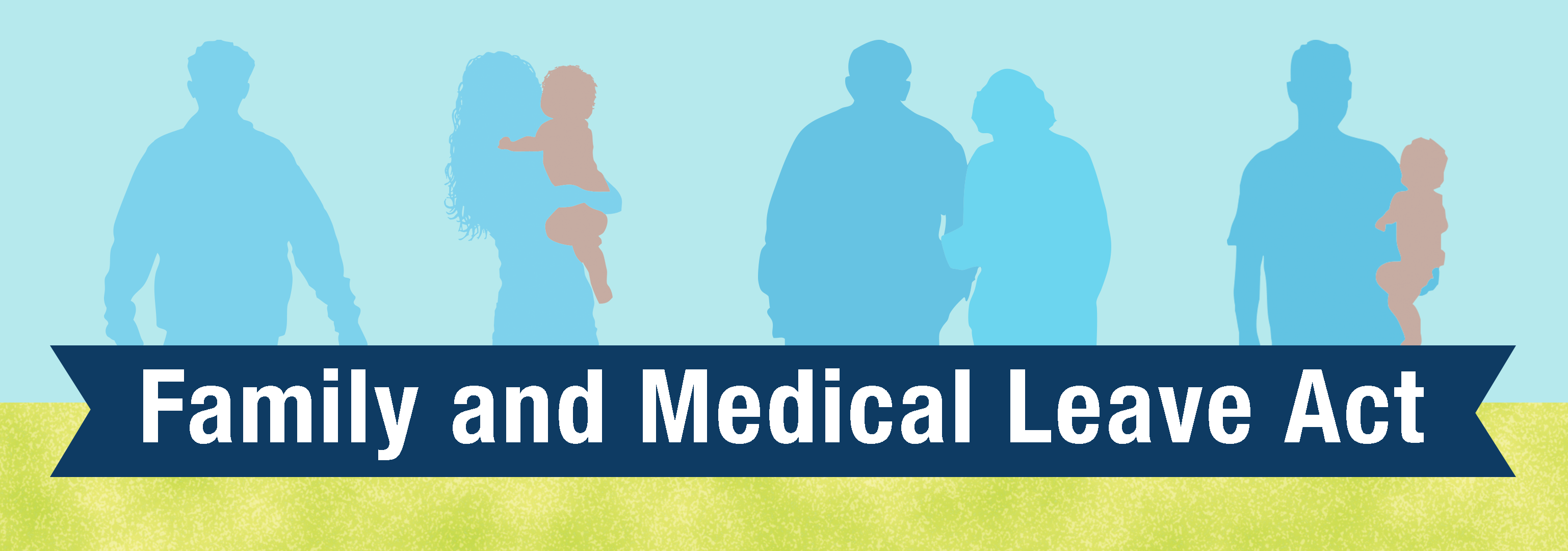“Prepare & Prevent, Don’t Repair & Repent”
Presented by: Jonathan Hall
When was the last time you checked your smoke alarm? How about your fire extinguisher? Where will you and your family meet when you need to evacuate? If you don’t know the answer to these questions, you are not alone. September is National Preparedness month and it’s important for all of us to take a moment to ensure what we value is safe. The best way to protect yourself is to prevent a loss from occurring.
Did you know that the US Fire Administration found in 2017 that every 24 seconds, a fire department in the United States responds to a fire somewhere in the nation? In addition, a home fire occurs every 88 seconds and half of home fire deaths happen between 11 p.m. and 7 a.m. Taking steps to prepare and prevent will save your life and your property. My family and I went through our own fire safety and prevention planning this month. We found two malfunctioning fire alarms and a fire extinguisher that expired four years ago!

“Prepared, Not Scared”
The thought of needing to rely on an emergency kit or plan seems frightening, but not something I prioritize in my daily life. Having an emergency plan for any type of disaster will ensure you and your family are prepared in the case of a fire, hurricane, tornado, earthquake, or any other potential disaster. If your house is located near a forest, it might be possible for it to be burnt into ashes by wildfire. To prevent such conditions, you may need to protect your home with a fire defense plan that might avert major loss to the structure. Also, creating an emergency kit to keep in your home and your car takes moments vs. what it could save you in the event it wasn’t accessible when you needed it most.
You can also create your own custom emergency plan for any weather related scenario by visiting: Connect with Weather. Ready.gov/September provides a vast amount of information on what you’ll need to plan for in the event of an emergency. They also have several characters and fun activities if you’re creating a plan with kids. I feel better prepared in the event something does happen. As Gandhi said “the future depends on what we do in the present.”
References
https://www.usfa.fema.gov/data/statistics/
http://www.connectwithweather.com/create-your-plan
https://www.usfa.fema.gov/prevention/outreach/smoke_alarms.html




